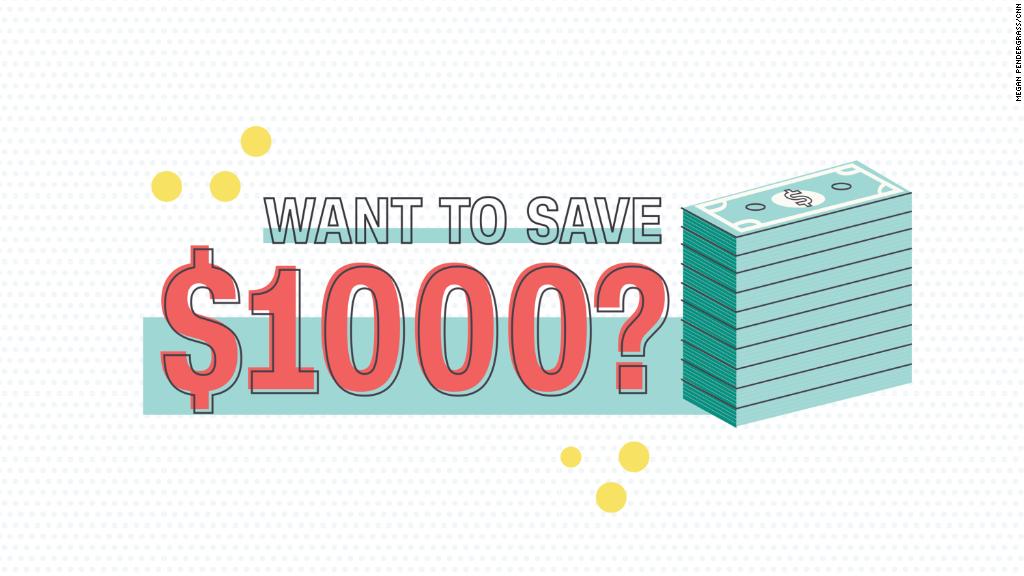
Even though we spend a lot of money with our friends (Margaritas! Brunch!), we hardly ever save together.
But co-saving can be a powerful way to reach a group goal, whether it's marking a big birthday in Cabo San Lucas or renovating a bathroom in your new house. Tracking your savings together or joining a saving circle, in which your contribution is being counted on by other people, can create accountability.
While tech apps like Twine and Tanda are the latest way to save together with partners, family, friends or even strangers, the methods they use are age old.
"People want help saving for themselves," says Corey Bozarth, product director at Yahoo Finance, which is behind Tanda. "They complain, 'I can put aside money. But it is so easy to get into savings.' They appreciate the accountability of a group setting."
And an intimate partnership does not necessarily make moneying any easier. Although many couples share bank accounts or credit cards, 33% of people say they're anxious, confused or annoyed about saving with their partner, according to a study by the financial firm John Hancock, which is behind Twine.
"Our goal in developing Twine is to provide a solution that simplifies saving and investing for couples, helping to keep everyone on track with an eye toward their goals," said Uri Pomerantz, founder and CEO of Twine.
But it doesn't have to be cutting-edge to be effective.
"A lot of fintech is very future oriented, but this is a centuries-old mechanism," Simon Khalaf, head of media business and products of Oath, Yahoo's parent company, which launched Tanda last month. "If you personalize who you're actually paying, it makes people want to participate."
Here's how to co-save with your crew.
Saving circles
Societies without easy access to banking have long-established traditions of saving together. In academic papers they're called rotating savings and credit associations (ROSCAS), but locally go by names like a "tanda" in Mexico, or a "hui" in China and "stokvels" in South Africa.
The circle functions as a short-term, low or no-interest loan among people you count on. This kind of collective technique is a way to save with a group without sharing a bank account (traditionally, without even having a bank account) or incurring more debt.
The Tanda app enables small groups of individuals to come together and save money for short term goals.
Here's how it works: members (could be friends or strangers) get together online and decide to contribute a fixed amount of money into a savings pot each month. Every month one member of the group gets to take home the entire savings pot. This continues until everyone in the group has had a chance to take the pot.
The Tanda app makes a few tweaks on the tandas of old.
First, lining up first to get the money will cost you. And if you opt to be the last to take your money, you'll get a little extra. The first to get the pot has a fee of 8% and the second in line has a fee of 7%. The most patient person receives a 2% bonus.
Second, the better you do at reliably participating in savings circles on the app, the higher your trust rating will be. A higher trust score enables you to take the earlier positions in savings circles.
"The money you put in is the money you get out," says Bozarth. "But working with others keeps users motivated. They don't want to see other users stop making contributions and not get to their goal. You feel better when you're saving with someone you can personalize."
Saving pairs
You have your cash coming in and your partner has theirs. But you want to work toward that great big goal in the sky — wedding, new house, big vacation.
Sure, you could each just pocket the money in a savings account adjacent to your checking. Or, you could deposit your money together — and watch it grow faster.
Twine, a new app that launched last November, allows couples to pull money from their individual accounts into a single savings account as they work toward any number of savings goals.
The app allows you to keep it in cash for shorter-term goals. But if your goal is a little further off, you can invest the money. After saving $100, you can shift it into an investment account for an annual fee of 0.60%. There may also be fees associated with trades and certain investments.
You can DIY this kind of thing for yourselves, by putting the money in the account and using a free or low-cost investment service. But the question is, will you do it? Stick to it and remain accountable?
